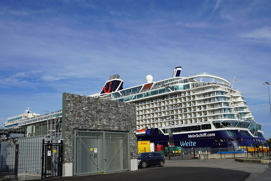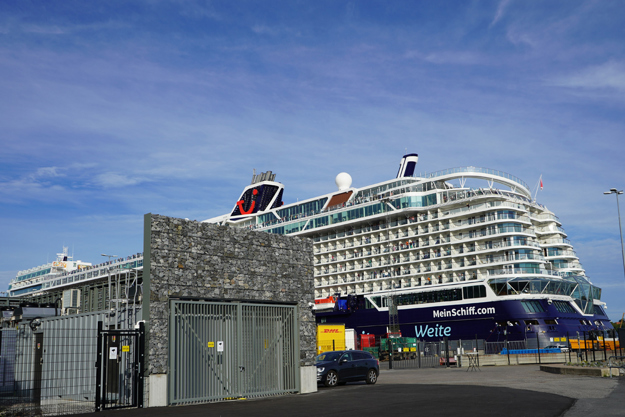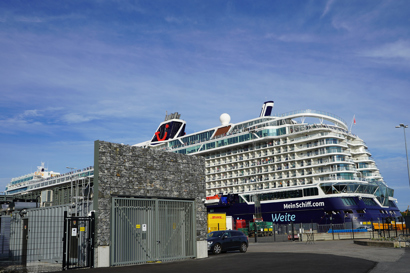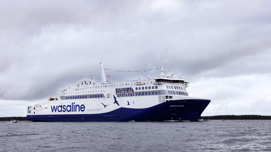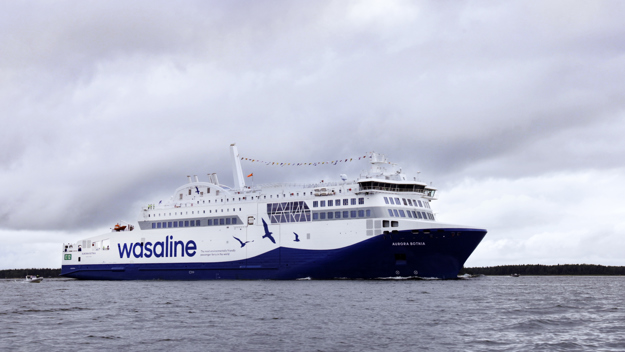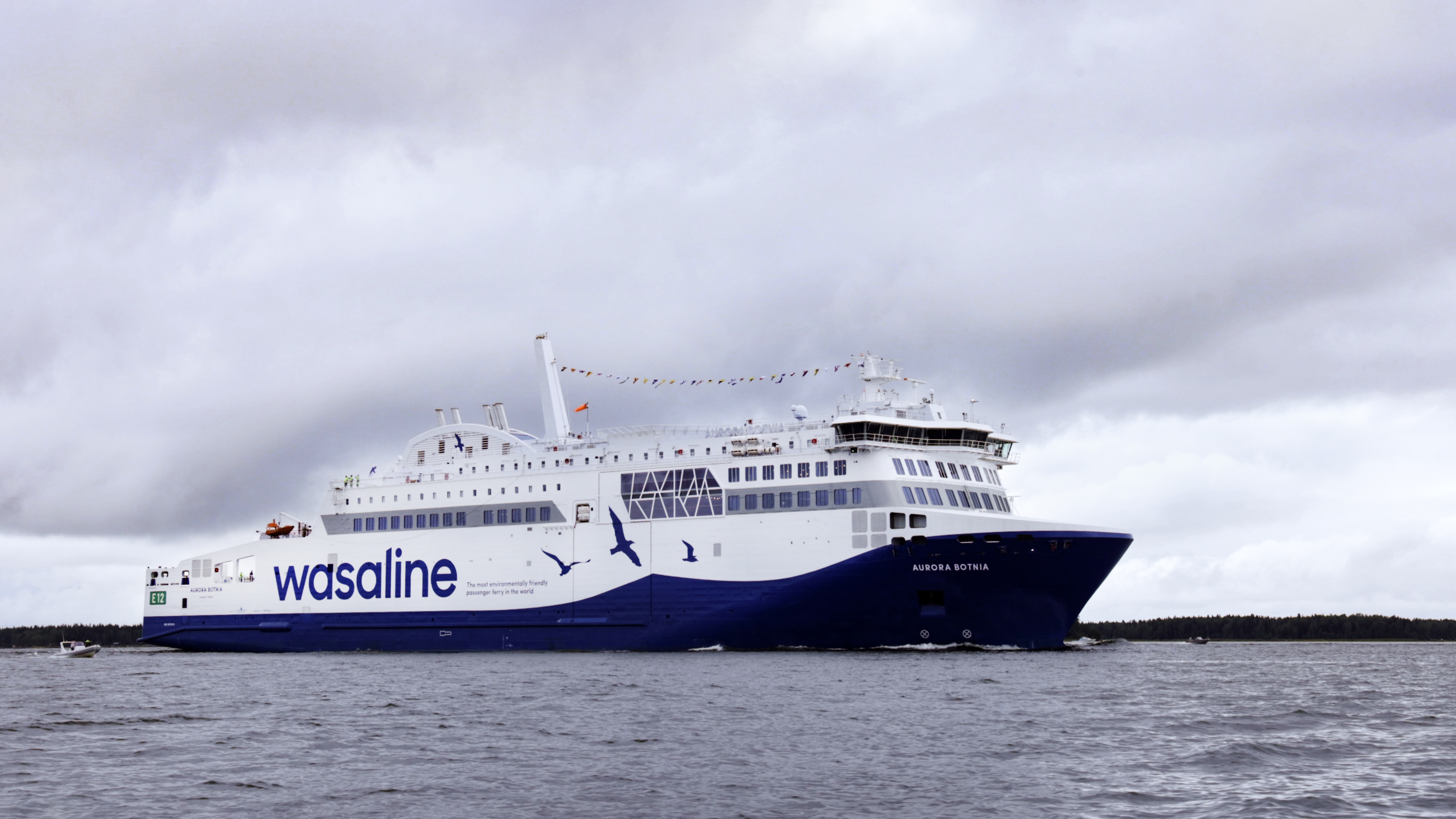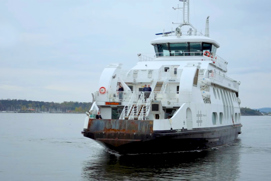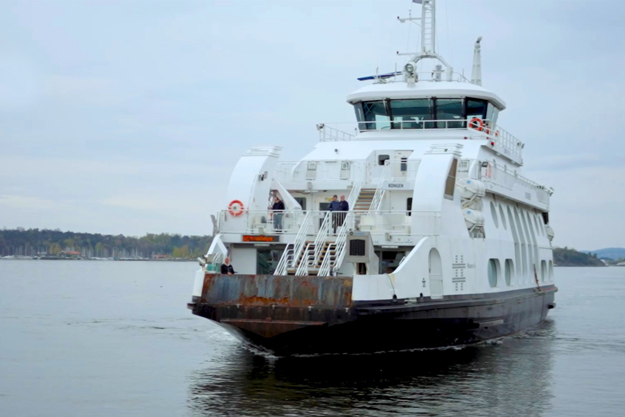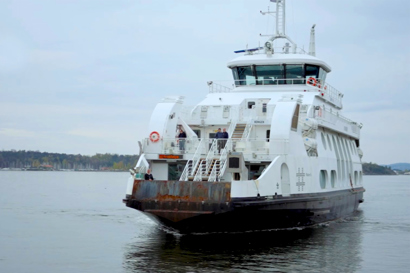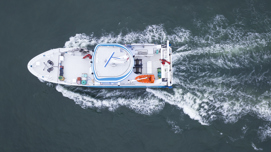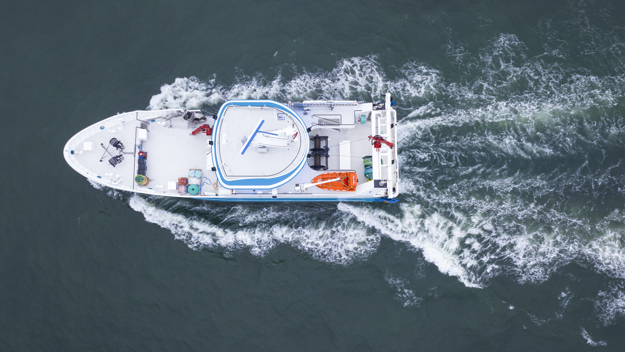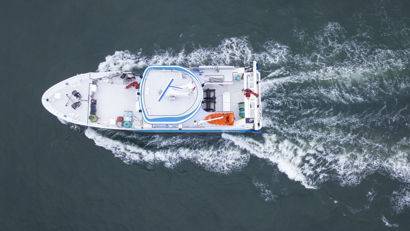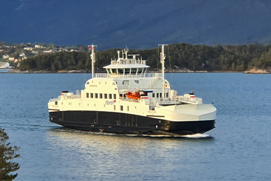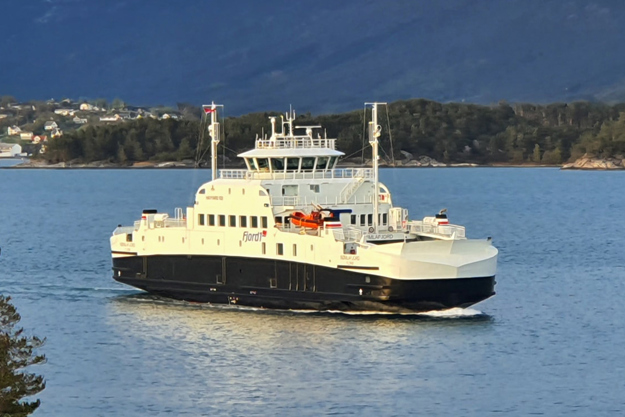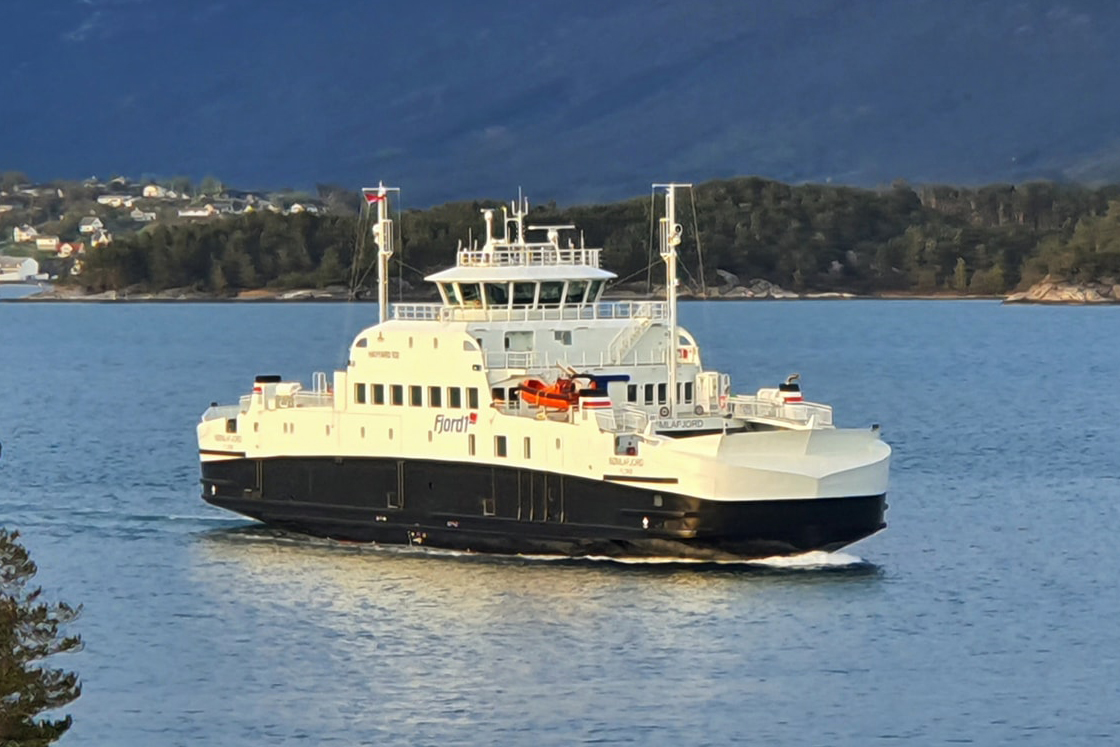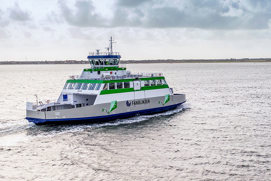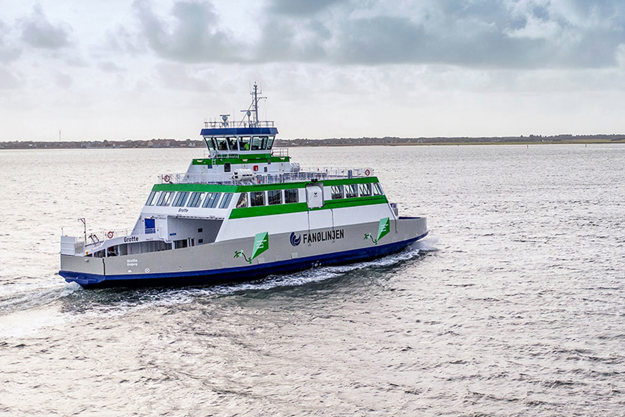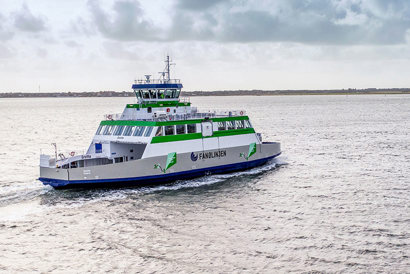NETHERLANDS: Air at the port of Scheveningen is cleaner than ever thanks to a new shore supply facility. Thanks to the shore power supply, berthed vessels can shut down their diesel generators and instead buy sustainable power using an app.
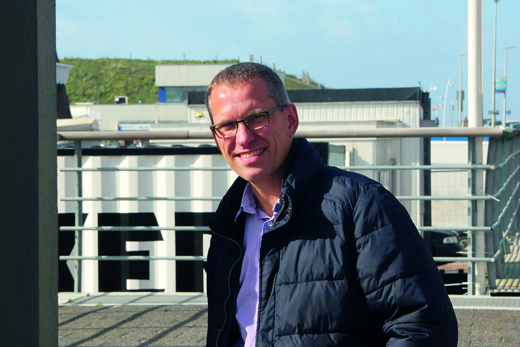
The alternative electricity supply eliminates air pollution and reduces noise and vibrations when ship engines are idle. It’s so convenient and popular that on average, the harbor saves 1,000 liters marine diesel daily, resulting in dramatic reductions in air pollution from particulate matter, nitrogen oxides (NOx) and sulphur oxides (SOx) in addition to substantial CO₂ savings.
“The system has been successfully working for two years now, and we’ve had no problems at all with any of the Danfoss components: They’re totally reliable”, explains Maarten Hektor, Managing Director, Involtum
100% renewable energy
The installation of shore power in Scheveningen harbor is a major part of The Hague’s Air Quality Action Plan, which outlines what the municipality is doing together with businesses, residents, interest groups and the Dutch State to further improve the air quality in the city. Of course, only 100% Dutch sustainable wind energy is used in the installation.
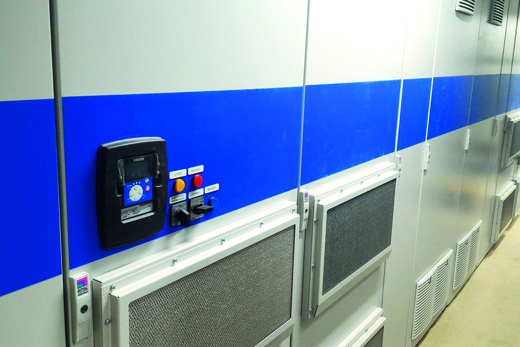
Power connection for many vessel types
While shore power in the Second Harbor already existed for cutters, small fishing boats and pleasure vessels, this major new industrial-scale installation in the other two harbors extended capacity to many more vessels.
The new shore supply system serving the First and Third Harbors is a first for the Netherlands in terms of its large scale, its technology, and its convenience for users. The system was built using a Danfoss VACON® NXC series low harmonic drive to convert grid power to adapt the frequency to the ship’s grids. The system has eight power outlets each with a communication system allowing the ship’s engineer to connect and pay for power using an app.

Explore more
Discover how shore supply helps ports meet emission targets
All power conversion installations
-
if (isSmallPicture) {


 PSW and Danfoss: Flexible onshore power for berthed cruise ships
PSW and Danfoss: Flexible onshore power for berthed cruise shipsNORWAY & SWEDEN: PSW (Power and Automation AS) paired up with Danfoss to create compact OPS solutions in three Nordic harbors: Stockholm, Ålesund and Haugesund/Karmsund.
-
if (isSmallPicture) {


 World’s first ferry powered by iC7-Marine: Aurora Botnia
World’s first ferry powered by iC7-Marine: Aurora BotniaFINLAND: The Aurora Botnia cargo and passenger ferry is equipped with a hybrid-electric propulsion system, powered by liquid-cooled iC7 drives from Danfoss.
-
if (isSmallPicture) {


 VACON® drives electrify passenger ferries in Oslo Fjord
VACON® drives electrify passenger ferries in Oslo FjordNORWAY: Electrification of the Nesodden ferries has reduced CO2 emission in the port of Oslo. VACON® drives and power converters play a key role onboard.
-
if (isSmallPicture) {


 Decarbonizing the next-generation training ship, Skulebas
Decarbonizing the next-generation training ship, SkulebasNORWAY: The new training vessel at Maløy Fishing School uses less diesel and emits less CO2, while also meeting the rigorous demands of the fishing industry.
-
if (isSmallPicture) {


 Where smart ferry charging begins with a smart grid
Where smart ferry charging begins with a smart gridNORWAY: The Hareid-Sulesund ferry operations have reduced CO2 emissions by 7000 tonnes annually with the introduction of electric vessels. In transitioning ferries from diesel to pure electric power, powerful onshore support is essential, in the form of reliable infrastructure for rapid charging capacity and stable grid supply. The systems on board and on shore act as a single system – a sophisticated and competitive system developed by Norwegian Electric Systems (NES) using Danfoss technology.
-
if (isSmallPicture) {


 Danfoss powers 100 percent electric ferry sailing World Heritage waters
Danfoss powers 100 percent electric ferry sailing World Heritage watersMolslinjen – Denmark's largest domestic ferry company – has set its first electric ferry in motion. The E-ferry Grotte will be breaking waves at the UNESCO World Heritage waters between the coastal town of Esbjerg and the island Fanø – and Danfoss is on board. The future holds great potential to operate shorter routes by electric ferries.


